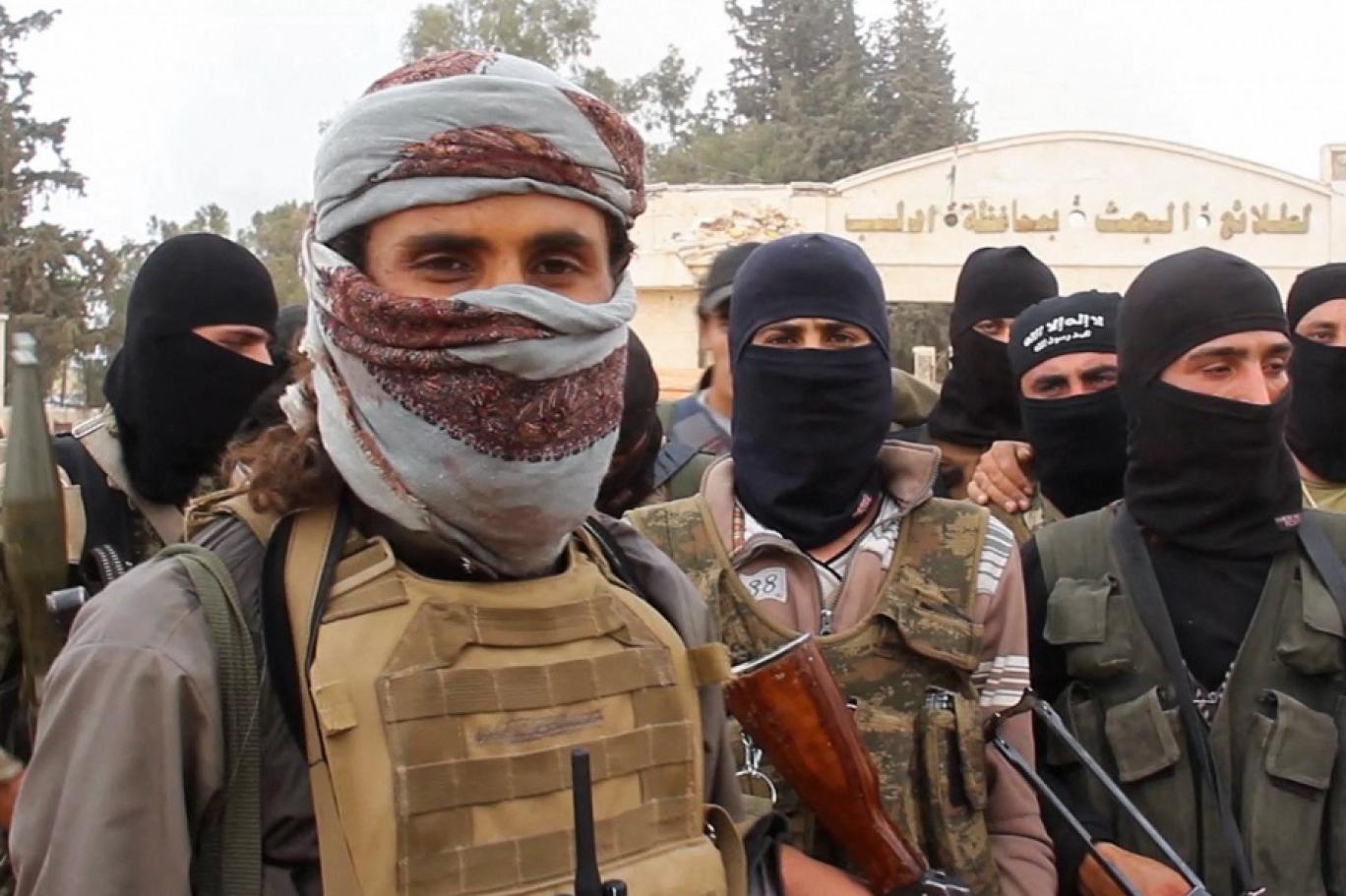The US succeeded in targeting “Horas al-Din” leader, Abu Hamza al-Yamani, with a drone strike in Syria on June 27th. The organization was founded in 2018, splintering off from “Hay’at Tahrir al-Sham” (HTS) as it deepened its disengagement with Al Qaeda. “Horas al-Din remains affiliated to Al Qaeda and is on the US terrorist list. US forces in Syria as part of the International Coalition to defeat ISIS began to monitor the organization since its inception, seeking intelligence on its members, and was able to neutralize a number of its prominent leaders, prior to al-Yamani.
This latest strike on “Horas al-Din” came after a marked decline in such operations since early 2022. The raid indicates the US intends to continue the policy of neutralizing this organization’s active leadership, in the context of degrading terrorist organizations as a whole, thereby securing US interests in Syria, and preventing attacks on the American homeland.
The US is currently also actively pursuing ISIS leaders in Syria, following advanced military and intelligence assessments regarding the threat of terrorist activity there, specifically following the assault on Ghweyran prison. US forces present in Syria as part of the International Coalition has carried out successive strikes on the organization’s active leaders, including ISIS leader Abu Ibrahim al-Hashemi, who was killed last February 3rd, Hani al-Kurdi, who was apprehended by US forces in mid-June, and Maher al-Aqal, killed on July 12th .
In parallel with these US operations, the Syrian Democratic Forces has also been pursuing ISIS cells, sometimes with the participation of US troops, and others with US air or intelligence support. These operations are aimed to prevent ISIS from penetrating areas SDF control in northeastern Syria, as it has been increasingly active in the area, with varying degrees of intensity, since the last quarter of 2021.
The intensification of US anti-terrorist action in Syria is linked to intelligence that Al Qaeda’s central command has had freedom of movement in Afghanistan since the Taliban took control, and concerns that it will be able to reconnect and coordination with its affiliates outside of Afghanistan, such as ‘Horas al-Din” in Syria. This would significantly increase the threat such organizations pose.
Moreover, there are concerns that the security situation in Syria could deteriorate as the result of mounting tensions between Washington and Moscow over the war in Ukraine. Over the past month, there have been military tensions, as Russian fighters bombed a US military base southeast Syria, in order to target an armed group allied with US forces. Unofficial reports in US media however indicate that Moscow pre-warned Washington of the air strike to minimize losses.
It is worth noting that, in light of the balance of power on the ground in Syria, it would be difficult for the US to launch ground operations, therefore targeting leaders remains its best approach to undermining terrorist organizations, including both ISIS and “Horas al-Din”.
US targeting of the latter organization is related to its affiliation with al Qaeda, and its project for “Global Jihad”, which implies targeting US interest around the world, as opposed to other organizations with objectives limited to Syria, and therefore can be managed from the US point of view. This is illustrated by the fact that US intelligence does not classify many organizations and militias operating in Syria on the list of global terrorism.
It is worth noting that while US strikes in Syria focus first on ISIS, then on “Horas al-Din” to a lesser degree, HTS, under the leadership of Abu Mohammed al-Golani, while on the US terrorist list, has escaped US attacks. Although its leader has appeared publicly on more than one occasion over the past few months, he has not been targeted or apprehended, neither have other HTS figures. It appears that the US has reassessed the situation with regard to HTS, after it disengaged from Al Qaeda, and renounced the objectives of “Global Jihad”.
Moreover, HTS maintains control over Idlib, and the US appears to hope that attacks on “Horas al-Din” will stop the flow of pro-Qaeda HTS members out of the organization, thereby strengthening more militant factions. Degrading “Horas al-Din” would also help discourage militants from outside Syria, adhering to al Qaeda style Jihadist ideologies, from coming to the country and increasing the level of threat against US forces there.
Therefore, it can be argued that targeting the leaders of “Horas al-Din” comes within the context of a well-established American strategy regarding al Qaeda affiliated militant groups. It appears to be a US conviction, expressed in both military and intelligence circles, that groups espousing this ideology, if ignored, are able to come back even stronger than before. Strikes against leaders of these types of organizations are likely to continue in the future.


